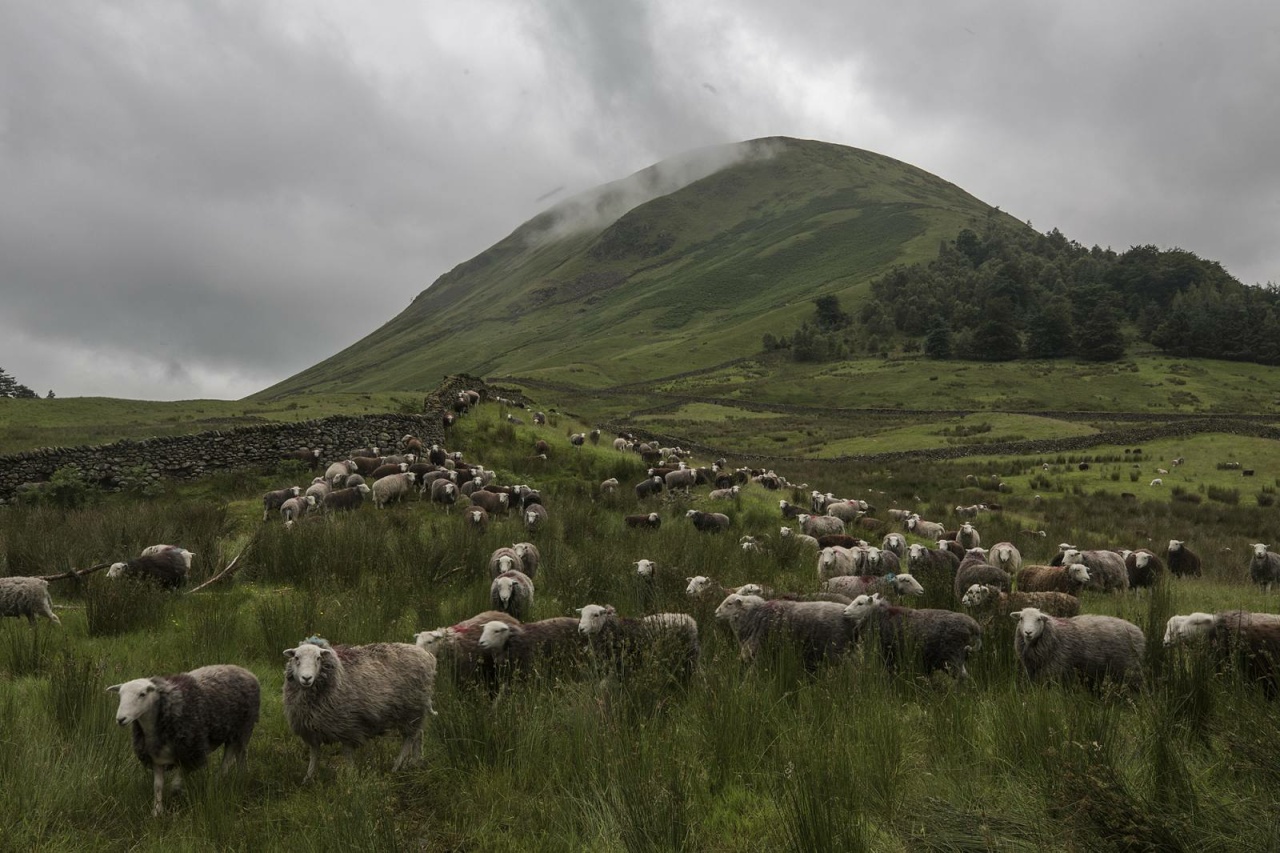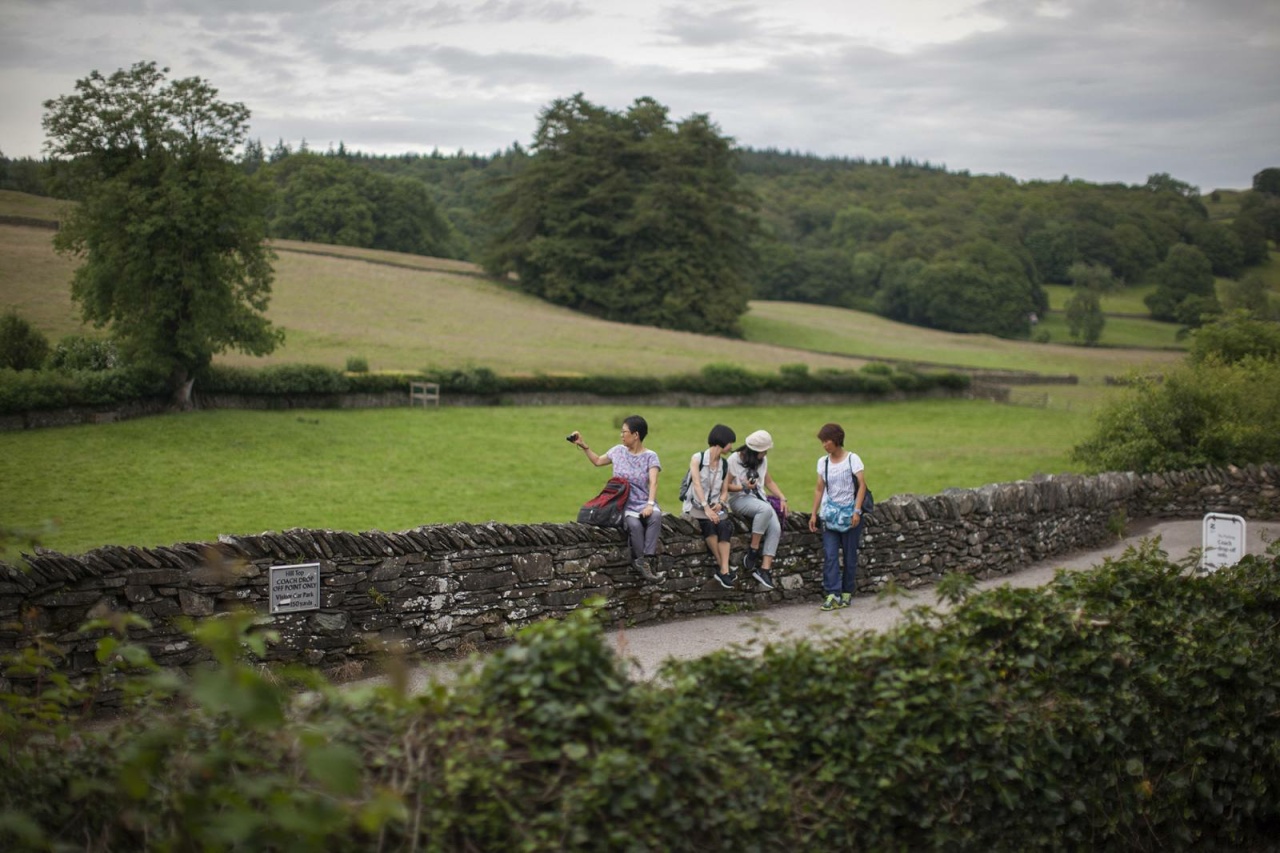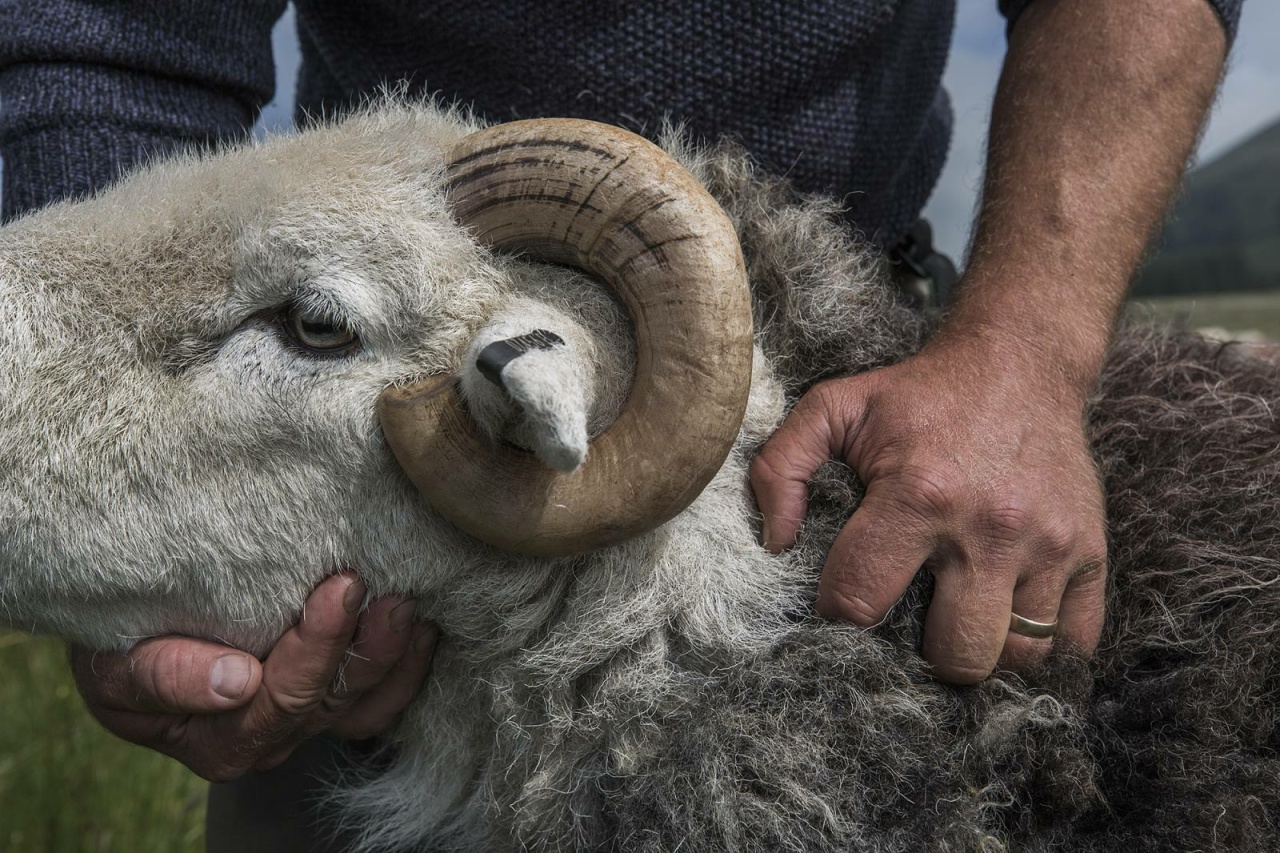The English Lake District, like the Scottish Highlands, is a man-made landscape. ‘Sheep-wrecked’, says George Monbiot, the vocal critic of hill farming who goads his opponents in the most vicious way Brits can – by metaphor and pun.
On the other side of the debate is Lakeland shepherd James Rebanks, made famous by his books about farm life and someone who has been publicly critiqued by Monbiot in the Guardian. Rebanks has a loyal fanbase online, getting digital dirt under the touchscreens of city slickers across the world. When I arrived at Racy Ghyll farm, he was busy herding a couple of Japanese tourists who follow the Herdwick Shepherd online.
Smithsonian Magazine commissioned me to spend some time in the Lake District to discover the literary landscapes before the National Park became a UNESCO World Heritage site last summer. My knowledge of the place was limited to my university days cleaning rooms in a Grasmere hotel beside the lake, on hands and knees.
As a student of zoology the question of our role in the environment always loomed large in discussions, and it remains so in my photographic work. National parks have a strong tradition of evicting the locals. When Yosemite was created in the US, the Native Americans were displaced (evicted), and this method has continued throughout the world since. We think removing people will return the land to its natural state, despite those people being intrinsic to the ecosystem and the animals living there. Human exceptionalism places us above the environment, and this alternate form of it removes us from the system in the belief it can do its thing without us. Over the years, my work has looked for answers to questions of exclusion and integration in Zambia (Bangweulu), Malawi (Mulanje) and Tibet (Sanjiangyuan NNR). This year I have been in Ethiopia documenting everyday conservation outside official parks.
Are the Lakes an example to follow or avoid? Speaking to Rebanks on his farm and wandering the Oxford streets with Monbiot, I found insight and wisdom. Both were great to spend time with and offered exciting visions of the future landscape. If they ever speak publicly together (please someone, organise this) I imagine it will appear on Youtube as ‘Monbiot RAZES Rebanks’ or ‘Rebanks SHEEPWRECKS Monbiot’. The reality will be less aggressive but more powerful. They could forge a narrow path, not aiming to balance their world views but holding them in tension. The rewilding lion lying down with the Herdwick lamb, so to speak.
The Lake District National Park was awarded its World Heritage site not for ecological value but for cultural importance (a.k.a. sheepfarming) and its influence on artists and writers such as Wordsworth, Tennyson, Ruskin and Beatrix Potter. Potter’s influence on the park is significant – she gifted 4,000 acres to the National Trust, bought from the proceeds of her children’s books, and her sheep-tinted worldview defines the vision for the whole park. When you think of the Lake District, it is most likely Beatrix Potter’s view you are seeing, which resonates with the Romantic artists who came before and seared this rural idyll into our minds.
For better or worse, it is interesting to see how the artist and writer are able to transform the physical environment. Whether by sheep, pen, camera or by standing back, we creating and re-creating our landscapes.
For a fuller, in-depth article, click here.












